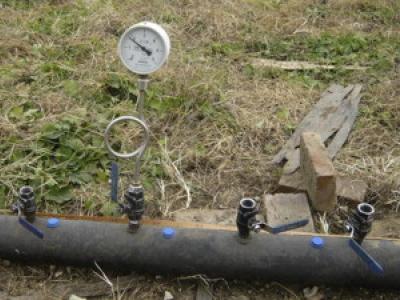Artificial Intelligence

The dataset consists of images
- Categories:
 97 Views
97 Views
This is the supplementary material for the paper "A multimodal AI system for out-of-distribution generalization of seizure identification" in IEEE Journal of Biomedical and Health Informatics.
- Categories:
 369 Views
369 Views
QQP and Mechanical Field Q&A
- Categories:
 104 Views
104 ViewsA commonly used definition of spatial disorientation (SD) in aviation is "an erroneous sense of one’s position and motion relative to the plane of the earth’s surface". There exists a wide range of SD use-cases dictated by situational factors, therefore SD has been predominantly studied using reduced motion detection experimental contexts in isolation. The study of SD by use-case makes it difficult to understand general SD occurrence and thus provide viable solutions. To investigate SD in a generalized manner, a two-part Human Activity Recognition (HAR) study was performed.
- Categories:
 345 Views
345 Views
Asthma is a common, usually long-term respiratory disease with negative impact on society and the economy worldwide. Treatment involves using medical devices (inhalers) that distribute medicationto the airways, and its efficiency depends on the precision of the inhalation technique. Health monitoring systems equipped with sensors and embedded with sound signal detection enable the recognition of drug actuation and could be powerful tools for reliable audio content analysis.
- Categories:
 1647 Views
1647 ViewsThe leakage data of the natural gas pipeline comes from the simulated leakage device of the pressure pipeline. The pipeline material is seamless steel pipe, the outer diameter of the pipeline is 108mm, the wall thickness of the pipeline is 4.5mm, and the length of the pipeline is about 100m. According to the specifications of the air compressor and air storage tank (the maximum allowable pressure is 2Mpa) and the standard of high-pressure and sub-high-pressure pipeline gas transmission pressure, the selected experimental pressure range is 0.5Mpa to 2Mpa.
- Categories:
 1721 Views
1721 ViewsThis dataset was prepared to aid in the creation of a machine learning algorithm that would classify the white blood cells in thin blood smears of juvenile Visayan warty pigs. The creation of this dataset was deemed imperative because of the limited availability of blood smear images collected from the critically endangered species on the internet. The dataset contains 3,457 images of various types of white blood cells (JPEG) with accompanying cell type labels (XLSX).
- Categories:
 3565 Views
3565 Views



